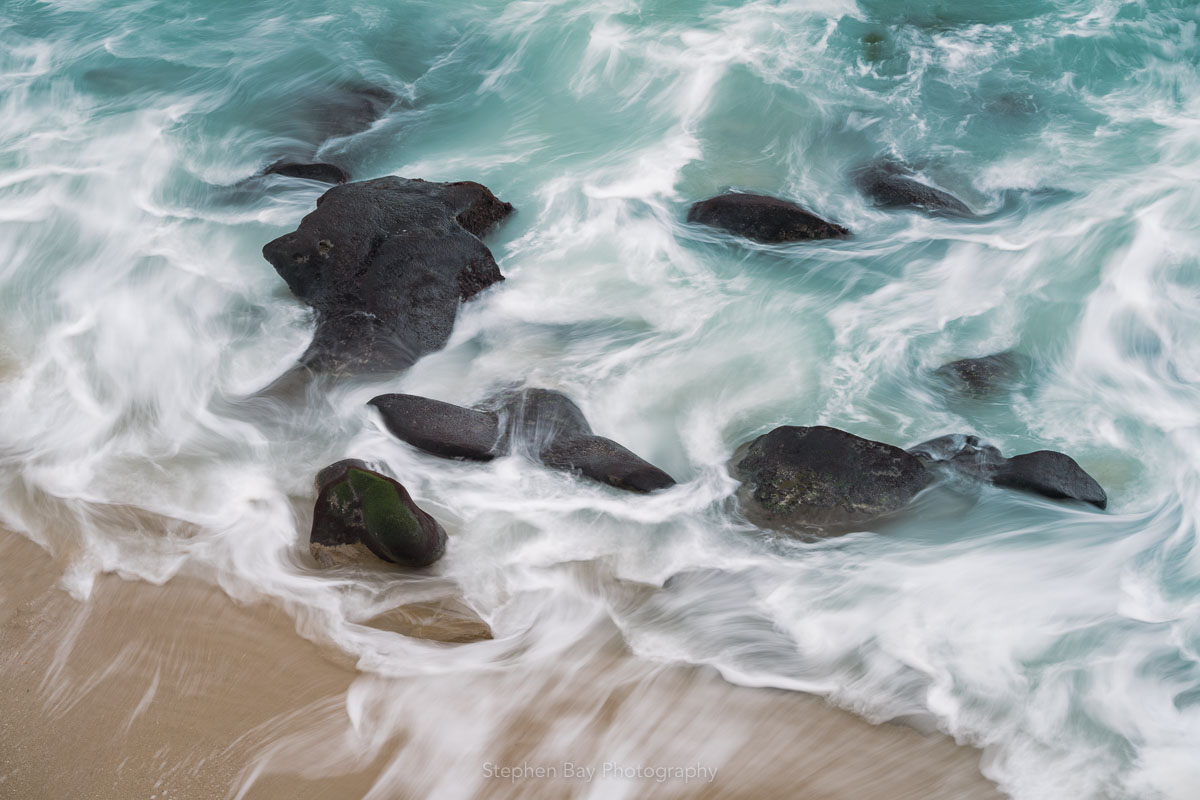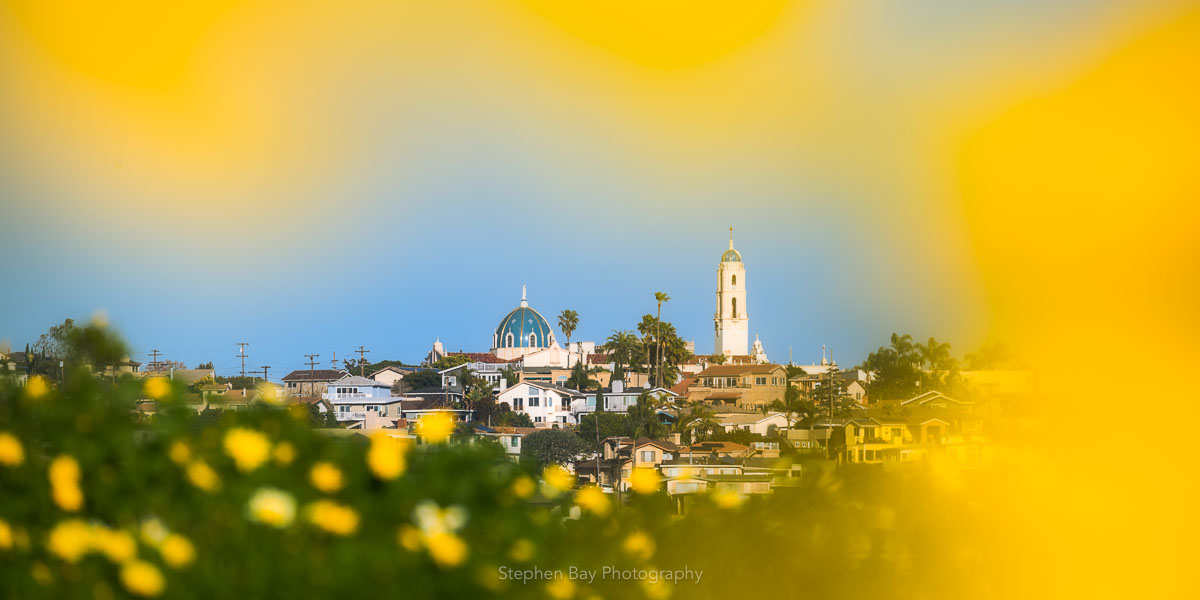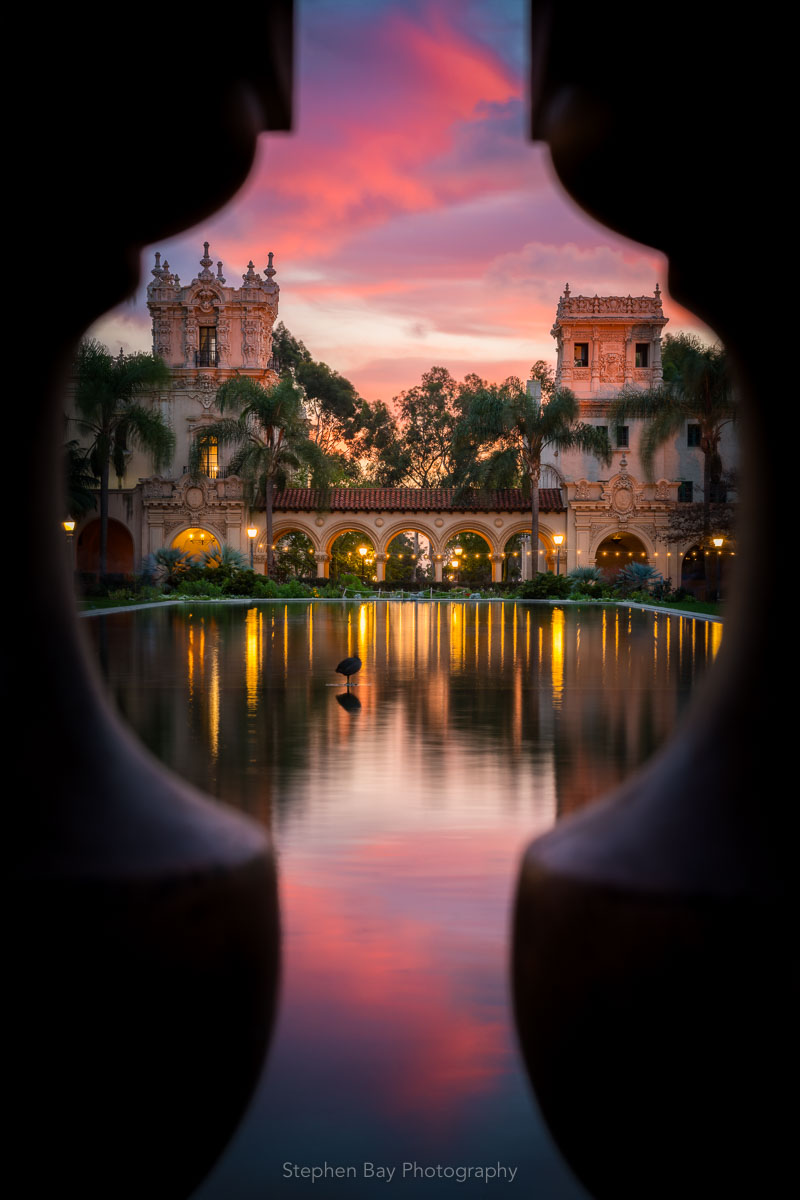What is a Pigment Print?
A pigment print is a type of fine art or photographic print created using pigment inks. These prints are made by inkjet printers which spray tiny droplets of pigment ink onto a chosen surface, such as paper or canvas. The pigments in this process are microscopic colored particles which are suspended in a liquid carrier. Most notably, these pigments exhibit greater stability and durability compared to dye-based inks, thereby providing superior resistance to fading over time.
What is a Giclee print?
Sometimes pigment prints are referred to as Giclee prints. This term originates from the French word "gicleur" which means jet or spray. This term was originally used for fine art prints made on Iris printers during the 1980s but has since become generic to mean any high quality inkjet print.
How do pigment prints differ from other types of prints?
Pigment prints should be distinguished from three other common types of paper prints:
- Prints made with dye-based inks on inkjet printers. Dye inks use water soluable colorants that are sprayed onto the surface of the paper and then subsequently absorbed. Other than the difference in ink, the printing process is almost identical.
- Prints made with light sensitive papers. This is known as a chromogenic print or C-print and the colors are formed by a chemical reaction between silver hallide particles and a dye coupler when the paper is exposed to light (lasers in modern printers).
- Prints made on an offset printing press. This is a low quality print typically used for mass produced items like posters or greeting cards.
Most professional labs catering to photographers produce C-prints and these are the most common type of print you can find today. If you go online and order a generic print, it will likely be a C-print. These are inexpensive and the machines for making them can handle high volumes required of a commercial lab.
Advantages of pigment prints
In fine art printing, throughput and cost aren't the most important criteria and pigment prints made on inkjet printers have largely come to dominate this area for several reasons:
- Pigment prints provide the highest quality color printing available today. Specifically, when measured objectively, pigment prints have the best print resolution, color gamut, color accuracy, and the darkest blacks.
- Pigment prints have superior longevity and fade resistance. While all prints will fade with time and exposure to light, especially UV light, pigment prints can achieve a display life of over 200 years. In contrast a C-print in similar conditions might only last 30 years. If you have an old family photo album you can see this as prints older than a decade or two (these are almost certainly C-prints) will be faded and the colors may look off. These prints weren't this way originally, but over time the colors have changed.
- Pigment inks can be used with a wide variety of substrates including the thickest fine art papers, canvas, and other specialty media such as wood, metal, or acrylic. This is important to artists as the substrate can influence the appearance and texture of the final print.
- Pigment prints can be made very large as inkjet printers with wide carriages are not difficult to manufacture and are commonly available. Most print labs will have machines that can accept paper as wide as 64".
- Pigment prints are water-resistant once dry. Dye inks may run and be ruined if a single water droplet lands on it. I have experienced this myself and it is very frustrating to make a large print and have it ruined.
Disadvantages of pigment prints
The main drawback of pigment printing is the higher cost which comes from several factors. First, pigment printers are slow and cannot produce as much output in a given timeframe as other types of printers. This is a significant for a professional lab with a high volume of orders. Second, the printers typically need regular maintenance and are prone to clogging and other mechanical issues. Finally, pigment printing is often done on expensive fine art papers made with cotton fibers as opposed to the cheaper resin-coated (plastic) paper used for C-prints. Using the expensive papers is not required but is a typical practice.
Two other drawbacks of pigment printing are that the pigments sit on the surface, which results in a very sharp high resolution image, but is vulnerable to scratching or scuffing and must be handled carefully. With C-prints and dye-based prints the ink is underneath the surface protecting it somewhat. On glossy media, pigment prints may exhibit bronzing or gloss differential. This is where the surface has a slightly different sheen depending on the ink density. However newer printers have work-arounds for this such as using a gloss enhancer.
What are archival pigment prints?
You may see pigment prints labeled as an "archival print" or "archival pigment print". While there isn't a specific organization that formally designates what qualifies as archival, pigment prints created with high quality papers are commonly described as such due to their extended lifespan.
How do you tell if a print is made with pigment inks?
Pigment prints have a distinctive look but if you are not familiar with them, the easiest way to tell is to ask the photographer or artist directly. But if you can't do that, usually how the paper is described will give you a clue:
- If the paper called Fuji Crystal Archive or Kodak Endura it is not a pigment print and is instead a C-print.
- If the paper is described as cotton paper, cotton rag, fiber, baryta, or watercolor and the print is contemporary, it is likely, but not guaranteed to be, a pigment print.
- If the paper manufacturer is named as Canson, Hahnemuhle, Moab, Innova, Ilford, Red River, Awagami, Breathing Color, it is likely a pigment print (some artists will print on these papers using dye inks)
- If the ink is listed as Epson Ultrachrome, Canon Lucia, or HP Vivera it is a pigment print.
- If the print is described as silver gelatin, platinum palladium, cyanotype, or daguerreotype it is not a pigment print but is rather using a traditional printing process
At many art fairs a popular print medium for photographers and some painters is what is called a "metal print". Typically they are shown frameless and have a very thin edge. These are not pigment prints but instead are dye sublimation prints made onto a coated aluminum blank (Chromaluxe is the most popular brand). Note that these are different from prints on metallic paper.
Final thoughts
Overall, many artists choose to make pigment prints because of the combination of superior image quality, longevity, and the ability to print on virtually any surface, especially the finer cotton rag papers and canvas. It is without a doubt my personal choice for photographic prints and if you go to a museum or high-end gallery you will see many such prints in their collections.


